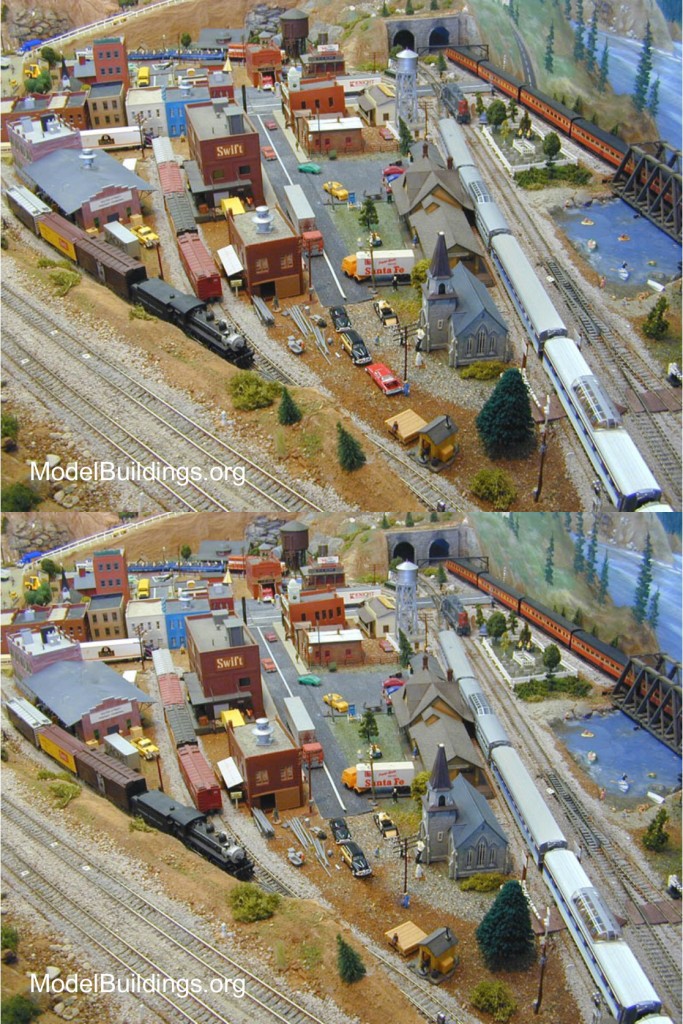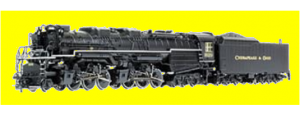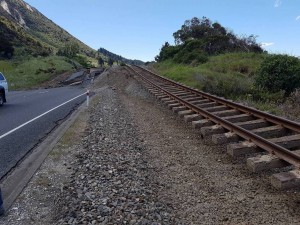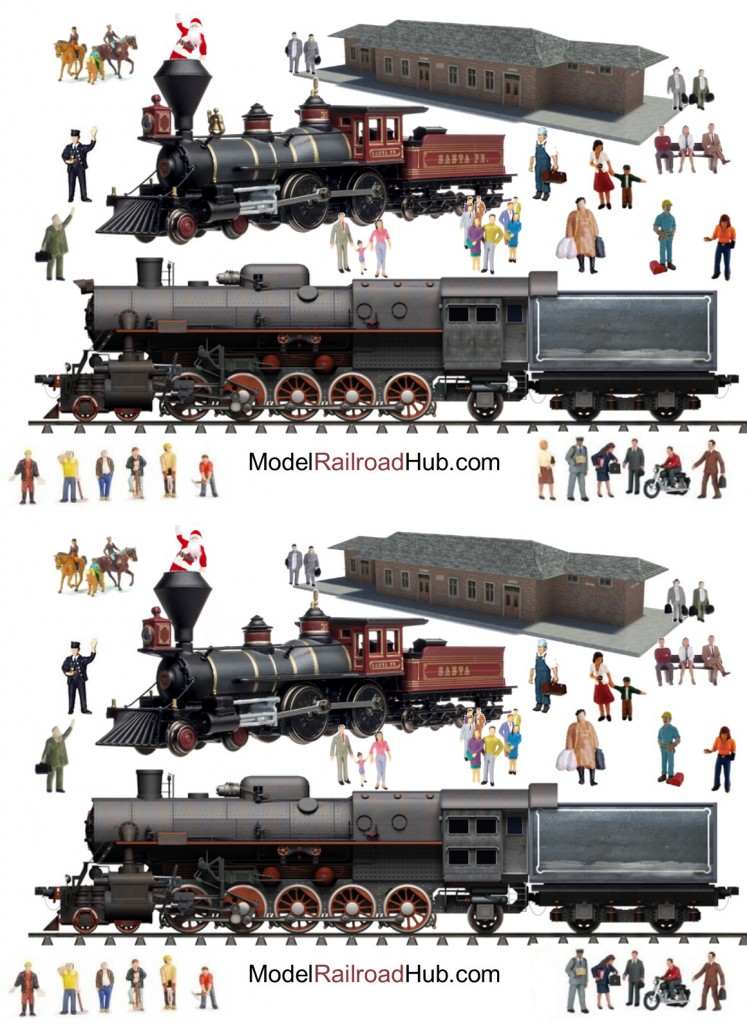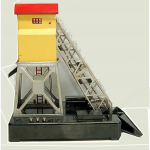Everything on model trains, model railroads, model railways, locomotives, model train layouts, scenery, wiring, DCC and more. Enjoy the world's best hobby... model railroading!
Poll Results – Will your layout have a Christmas component this year?
The results are in for our Christmas train poll –
Readers to this blog were asked: Will your layout have a Christmas component this year?
Results were:
- No, my layout wouldn’t suit a Christmas theme (48%)
- Unfortunately I don’t have as yet have a layout (28%)
- Yes, I’ll add a small touch of Christmas to the layout (18%)
- Yes, my layout will have many Christmas elements (6%)
Using Old Doors as a Baseboard
Seb is planning to build N scale asks readers:
“A friend has offered me 3 very old solid timber doors for free to use for my layout baseboards. I’m thinking they might be too heavy when all the scenery and track is on top. Your thought?”
What Train Gradients for Double Header Locomotives?
Although Scott focuses on HO scale, the answers to his question will no doubt be of interest to folk using other scale. Scott asks readers:
“Can double locomotives help out in steeper grade? Can you have two trains hauling many boxes? What is maximum number of boxes can one train can haul? Two trains? On gradients? Thanks.”
How to Wire Relays
Ted says his question relates to O or On30 and asks:
“I have been looking for a clear description of how to wire relays. The info I have found so far is not clear. I am looking to use relays to stop trains at stations – some sharing the same track. Any help would be appreciated. Thank you.”
Questions on Installing Trestles
Gary is into O scale and seeks help from readers:
“I am installing Lionel # 111 Trestles on 1″ foam on 1/2″ plywood. The design for screwing the trestle upright is difficult trying to get a driver vertical. Bad design, any suggestions. Could it be glued to foam.
Another question. When the track connection is over an existing bottom track , the trestle will be too close for a train to pass. I would like to know how to support the area, when installing a trestle won’t work. Thanks for help.”
Modifying Bachmann EZ Magnetic Couplings
Szilard who models in HO has this question for readers:
“Hi! I have a question regarding changing or modifying of Bachmann EZ magnetic couplings for a Märklin short coupling. I have recently bought a Bachmann rail crane and would like to use it in a yard mostly parked up, but occasionally move it. So just wondering if its possible or I can’t make it work?”
Rewiring Tyco Chattanooga Tender
Lou asks readers:
“Does anyone out there have the correct info or know where to get a diagram to wire the HO Tyco Chattanooga Tender from the motor to the engine? I disconnected the wires and left the project sit for a month. I can not remember what went to what. Any help would be appreciated. Thanks.”
Rivarossi Allegheny Locomotive DCC Installation
“I have a Rivarossi Allegheny Locomotive. Has anyone converted a recent model to DCC plus sound? I know space is tight in the loco shell when looking at the tender. Any advice out there please. I am looking at Digitrax decoder. Regards J”
This is what a 7.8 Magnitude Earthquake can do to a Railway Track
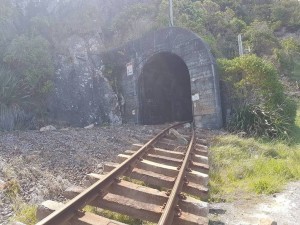 No, this is not an illusion. This is what a recent 7.8 magnitude earthquake did to a railway line in New Zealand. The earthquakes (there was actually two together) happened in New Zealand’s South Island on Nov 14, 2016.
No, this is not an illusion. This is what a recent 7.8 magnitude earthquake did to a railway line in New Zealand. The earthquakes (there was actually two together) happened in New Zealand’s South Island on Nov 14, 2016.
The earthquake was felt across much of New Zealand including in Lower Hutt north of Wellington in the North Island of New Zealand. To see the action watch the following video.
How to Remove Rust from a #97 Coal Conveyor
“I am working on restoring a #97 Coal Conveyor. It’s in bad shape with a lot of rust. I want paint several items. Is there a way of soaking the parts to remove rust? I think trying to sand them would be pretty difficult. Thanks for any suggestions.”
Lionel Silver Bell Express Won’t Move
 Nancy is having a problem with a brand new Lionel Silver Bell Express and asks:
Nancy is having a problem with a brand new Lionel Silver Bell Express and asks:
“We purchased an O scale Lionel silver bell express set yesterday. The track is together tightly, the lights and sounds are working, but the train does not move. We took it back to the dealer and it worked on his test track with no problem. Brought it home and it worked for about 2 minutes, then stopped and it won’t move again. Any ideas?”







